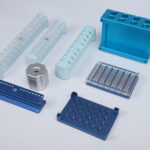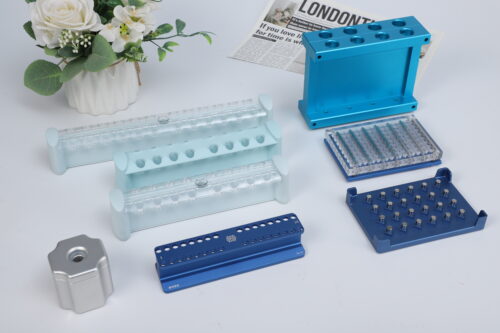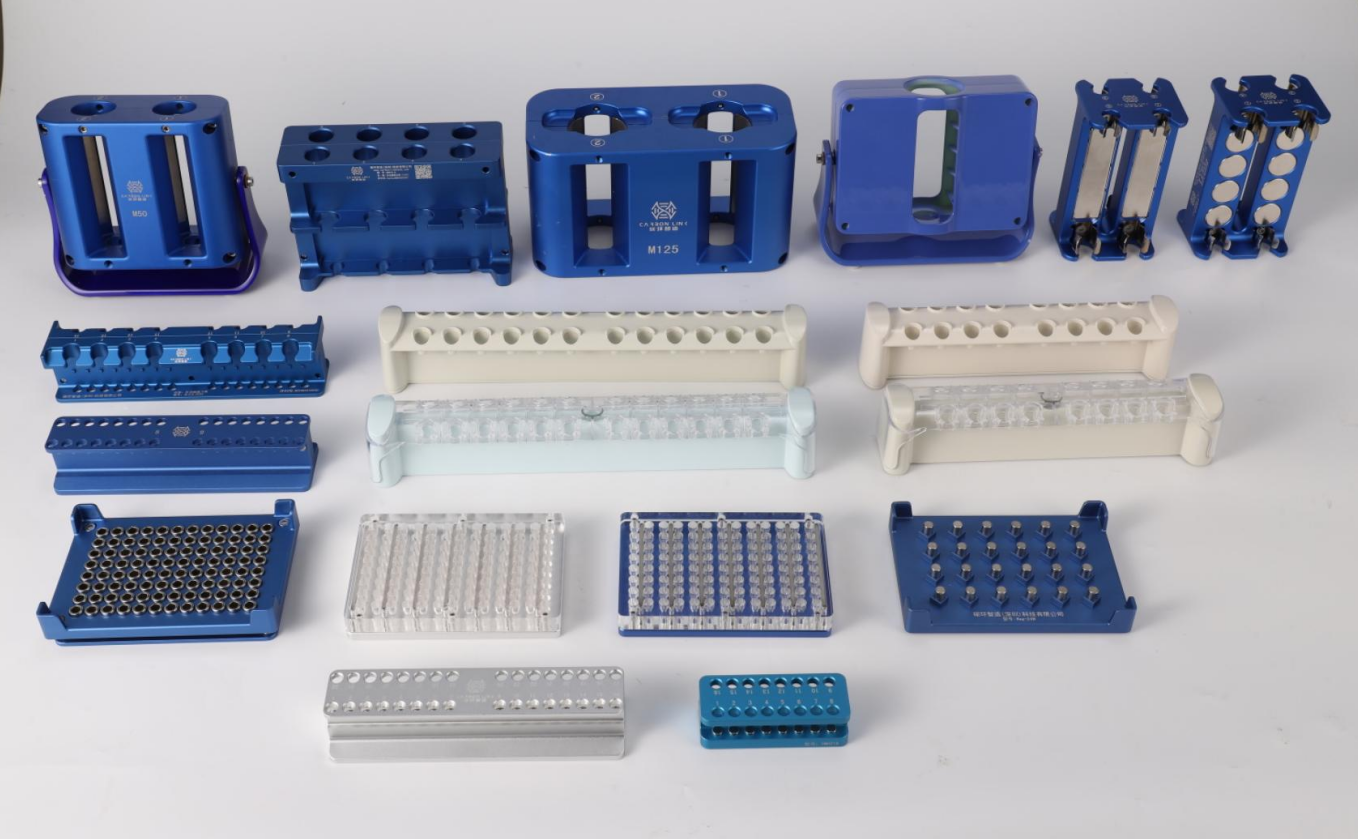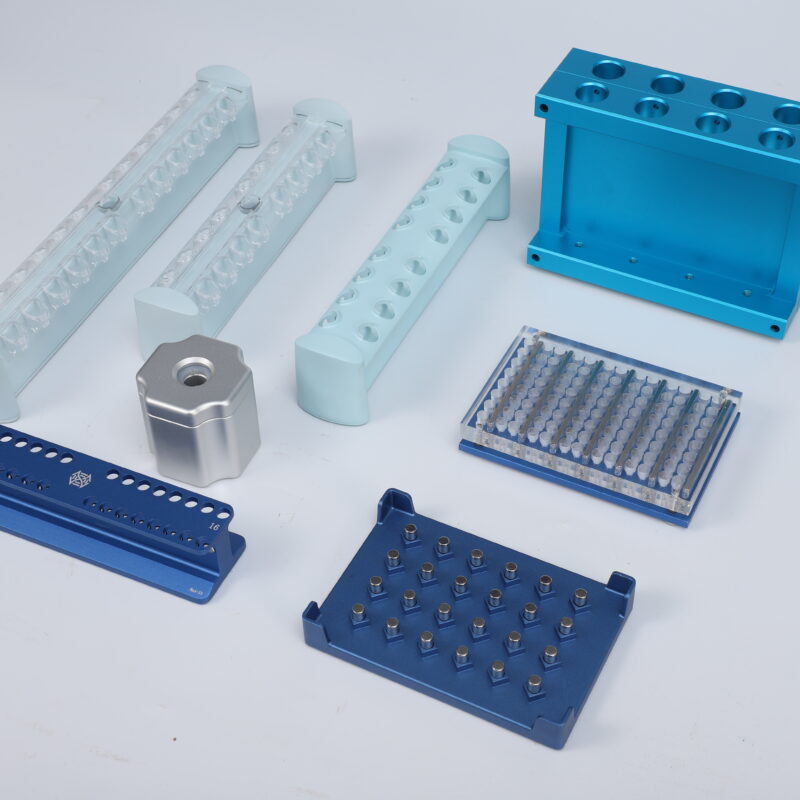
What is a Magnetic Separation Rack? | Types, Applications, and Buying Guide

Thermo Fisher Magnetic Rack Alternatives You Can Rely On
Introduction

A magnetic rack is an essential tool in molecular biology, used to separate magnetic beads from liquid samples during nucleic acid extraction, protein purification, and other lab processes. However, with so many sizes, formats, and brands available, choosing the right magnetic rack can be confusing.
This guide will help you evaluate your lab’s needs and choose the best magnetic separation rack—whether you work with microcentrifuge tubes, PCR strips, or 96-well plates.
1. Identify Your Tube or Plate Format
The most critical factor is compatibility with your existing tubes or plates.

Tube/Plate Type |
Typical Volume |
Rack Type |
|---|---|---|
0.2 ml PCR tubes / strips |
0.2 ml |
Strip tube rack or 96-well rack |
1.5 ml or 2.0 ml microcentrifuge tubes |
1.5 – 2.0 ml |
Tube-style rack (6, 12, 24 tube) |
15 ml or 50 ml conical tubes |
15 – 50 ml |
Large-volume magnetic rack |
96-well plates |
0.2 – 0.3 ml/well |
Magnetic plate rack (for high-throughput) |
📌 Always check for compatibility between the rack and your tubes’ dimensions.
2. Consider Your Throughput
Think about how many samples you process at once.
-
🧪 Low throughput (1–6 samples): Choose a 6-tube rack for occasional use.
-
🧪 Medium throughput (12–24 samples): Ideal for regular DNA/RNA extractions.
-
🧪 High throughput (96 samples): Use a 96-well magnetic plate rack for NGS or large batch processing.
3. Evaluate Magnet Strength
Magnet quality affects bead separation time and efficiency.
-
✅ Neodymium magnets offer the strongest force and fast bead collection.
-
✅ Look for racks with uniform magnetic fields to avoid sample variability.
4. Check the Build Quality
Choose materials that are:
-
💪 Durable: Aluminum alloy or reinforced ABS plastic
-
🧼 Easy to clean: Smooth surfaces and chemical resistance
-
❄️ Stable: Some racks are designed for cold room compatibility
5. Think About Workflow Design
Do you need:
-
🔄 Side-pull magnets? (Pulls beads to tube wall for easy pipetting)
-
⬆️ Bottom-pull magnets? (Concentrates beads at the base)
-
🧲 Angled racks? (Improves visibility and access)
These affect your pipetting ease and separation consistency.
6. Don’t Overlook Documentation
For regulated labs and commercial buyers:
-
📄 Ask for COA, MSDS, RoHS, and ISO certificates
-
📦 Ensure global shipping and safe packaging
7. Compare Price vs. Value
Not all magnetic racks are expensive—there are high-quality alternatives to well-known brands that offer the same performance at a lower cost.
💡 Look for suppliers offering compatibility with major brands (e.g., Therm✱, Inv✱, NE✱) without premium pricing.
Conclusion
Choosing the right magnetic rack depends on your workflow, tube format, throughput, and budget. By selecting a model that fits your exact needs, you can boost lab efficiency and save on unnecessary costs.
📌 Need help selecting the right rack?
We offer a wide range of magnetic racks and expert guidance.



